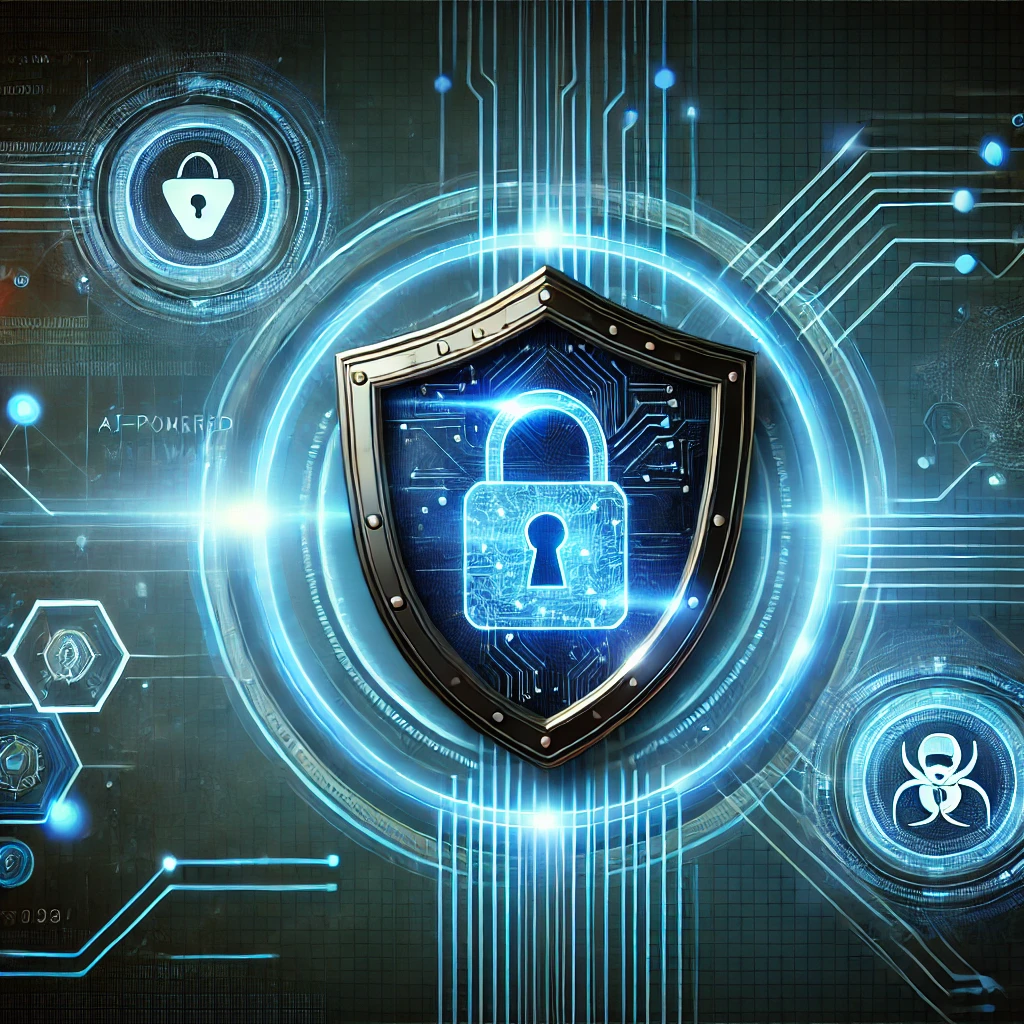Introduction
By 2025, cybercrime is projected to cost the global economy over $10 trillion annually. As cybercriminals leverage AI, ransomware, and deepfake technology, businesses and individuals face an ever-evolving landscape of threats. Organizations that fail to implement proactive security measures risk financial loss, reputational damage, and data breaches. In this blog, we’ll explore the top cybersecurity threats of 2025 and provide actionable strategies to mitigate them.
1. AI-Powered Cyber Attacks
The Growing Threat
Artificial Intelligence (AI) is revolutionizing cybersecurity, but cybercriminals are also using it to automate attacks, evade detection, and launch sophisticated phishing campaigns. AI-powered malware can learn from security defenses, adapting in real time to bypass traditional security measures.
Case Study: AI-Driven Phishing Attacks
In 2024, a major financial institution suffered a $10 million loss after cybercriminals used deepfake technology to impersonate the CEO’s voice. Employees received fraudulent emails and phone calls, leading them to process unauthorized wire transfers before the scam was detected.
How to Stay Ahead
✔ AI-Driven Security Solutions: Implement AI-powered threat detection systems to identify and respond to anomalies in real time.
✔ Employee Training: Educate employees on recognizing AI-generated phishing attacks and deepfake scams.
✔ Behavioral Analytics: Deploy AI-based behavioral analytics to identify suspicious activities that deviate from normal patterns. ✔ Multi-Factor Authentication (MFA): Require MFA for all sensitive transactions.
2. Ransomware Attacks Targeting Critical Infrastructure
The Growing Threat
Ransomware remains one of the most profitable cyber threats, with attacks on power grids, hospitals, and financial institutions expected to rise in 2025. Cybercriminals encrypt critical data and demand cryptocurrency ransoms, often leaving victims with no choice but to pay or risk severe operational disruptions.
Case Study: Colonial Pipeline Attack
One of the most infamous ransomware attacks occurred in 2021, when cybercriminals targeted Colonial Pipeline, causing fuel shortages across the U.S. The company paid a $4.4 million ransom, underscoring the devastating impact of ransomware on critical infrastructure.
How to Stay Ahead
✔ Regular Data Backups: Store encrypted backups offline to prevent ransomware from compromising them.
✔ Zero Trust Architecture (ZTA): Restrict access to sensitive systems using multi-factor authentication (MFA) and least privilege principles.
✔ Incident Response Plan: Develop a proactive response strategy to minimize damage in case of an attack.
✔ Ransomware Simulation Drills: Conduct regular cybersecurity training and attack simulations to prepare employees and IT teams.
3. Internet of Things (IoT) Vulnerabilities
The Growing Threat
The rapid expansion of IoT devices—from smart home systems to industrial sensors—has increased security risks. Many IoT devices lack robust security features, making them easy targets for cybercriminals looking to exploit vulnerabilities.
Case Study: The Mirai Botnet
In 2016, the Mirai botnet exploited weak IoT device passwords, launching massive DDoS attacks that took down major websites like Twitter, Netflix, and Reddit.
How to Stay Ahead
✔ Secure IoT Devices: Change default passwords, update firmware regularly, and use strong encryption.
✔ Network Segmentation: Isolate IoT devices from critical business networks.
✔ Monitor Network Traffic: Use intrusion detection systems to identify unusual activities in IoT networks.
✔ Implement IoT-Specific Firewalls: Deploy security solutions designed for IoT environments.
4. Supply Chain Attacks
The Growing Threat
Cybercriminals target supply chains, exploiting vulnerabilities in third-party vendors to compromise larger organizations. These attacks can lead to data breaches, system takeovers, and financial losses.
Case Study: SolarWinds Attack
The 2020 SolarWinds cyberattack compromised thousands of organizations, including U.S. government agencies, after hackers injected malware into software updates.
How to Stay Ahead
✔ Vet Third-Party Vendors: Ensure suppliers follow cybersecurity best practices.
✔ Continuous Monitoring: Track vendor activities and detect suspicious behaviors.
✔ Secure Development Practices: Employ secure coding and vulnerability assessments in software supply chains.
✔ Adopt a Zero Trust Model: Treat all third-party interactions as potentially compromised.
5. Cloud Security Risks
The Growing Threat
As more businesses migrate to cloud-based infrastructure, cybercriminals target misconfigured cloud environments, leading to data breaches, insider threats, and unauthorized access.
How to Stay Ahead
✔ Strong Access Controls: Implement multi-factor authentication (MFA), role-based access control (RBAC), and identity management solutions.
✔ Encrypt Cloud Data: Utilize end-to-end encryption to protect sensitive information.
✔ Regular Security Audits: Conduct periodic assessments to identify and fix vulnerabilities.
✔ Utilize Cloud-Native Security Solutions: Implement security tools specifically designed for cloud environments.
6. Deepfake and Social Engineering Attacks
The Growing Threat
Advancements in deepfake technology allow cybercriminals to manipulate videos, images, and voice recordings, making social engineering attacks more convincing.
Case Study: Deepfake CEO Scam
In 2019, hackers used AI-generated deepfake audio to impersonate a CEO, convincing an employee to transfer $243,000 to a fraudulent account.
How to Stay Ahead
✔ AI-Based Deepfake Detection: Utilize AI-powered tools to detect manipulated media.
✔ Security Awareness Training: Educate employees on recognizing deepfake scams.
✔ Implement Verification Protocols: Use multiple authentication methods before processing sensitive requests.
✔ Deploy Voice & Video Authentication Solutions: Implement biometric verification for high-risk transactions.
Conclusion: Staying Ahead of Cybersecurity Threats
Cybersecurity threats in 2025 will be more advanced and damaging than ever before. Organizations must adopt AI-driven security solutions, advanced encryption, Zero Trust frameworks, and comprehensive employee training to mitigate risks.
To protect your business, investing in proactive cybersecurity strategies is not an option—it’s a necessity.
📢 Need expert guidance? Contact ATZ Solution LLC today for a comprehensive cybersecurity assessment and fortify your digital defenses!

